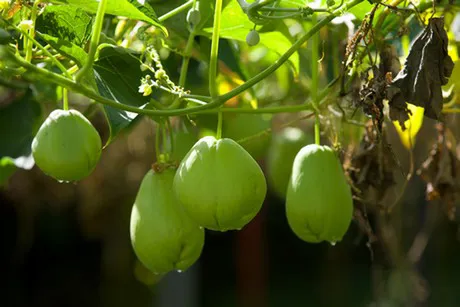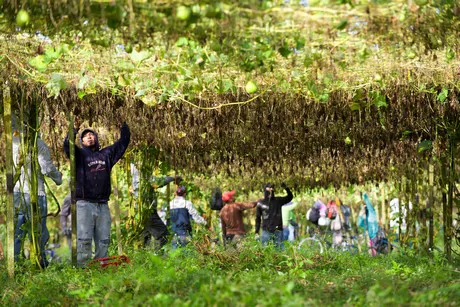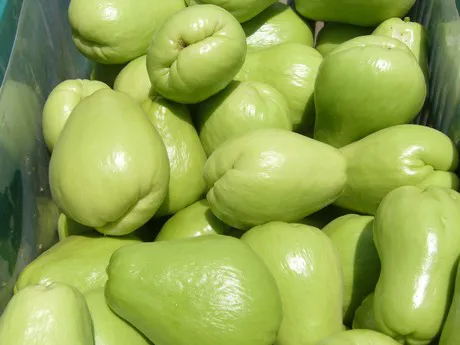After a couple months of short supplies, the volume of imported chayote has stabilized.

“Things are finally steady after a very long period of ups and downs in the market,” says Alan Goldberg of A&B Tropical Produce in Miami, Florida. “The market’s been like a roller coaster on the supply side in Costa Rica, which is known for its superior quality, due to an extreme drought in that country.”
Goldberg does note that the supply and price patterns are similar to last year at this time. And unlike this year, prices remained higher last year well into July before they started to come down.
While Costa Rica is a year-round supplier of chayote, the squash also comes from Mexico. “But both countries get short from time to time. We handle mainly Costa Rica because the quality is much better than the Mexican product. But we turn to Mexico when there’s a gap in Costa Rica, so we do use Mexican intermittently throughout the year when necessary,” says Goldberg.

Quality concerns
That said, the lack of rain Costa Rica has received has affected the quality of the product a little bit. “The lack of rainfall stunts the growth and creates possible quality issues such as decay and scarring. The sizing is naturally a little below normal and we’re seeing some quality issues here and there, but nothing terrible” Goldberg says, noting that the squash is already a delicate product to handle that tends to scar and spot up with any kind of contact.
Meanwhile the product is gaining more mainstream acceptance. “You’re seeing it more and more in specialty restaurants and even in some more mainstream restaurants as well,” says Goldberg. “It’s definitely more popular in the winter because it’s cooked. But there’s still year-round demand for it because it’s also a salad item as well.”

Price drop
However with good demand and a lack of supply, prices had been pushed up on the commodity for some time now. “The market was super high just six weeks ago, double what it is now. It came down rather quickly, just like the rise that preceded it,” Goldberg says. “Pricing then began to come down and has been at this current level for three weeks now.”
Looking ahead, he sees a bit more production coming. “I think it’ll remain mostly steady but I don’t know if prices will increase much over the summer. But the weather will ultimately determine that,” he says.
For more information:
Alan Goldberg
A&B Tropical Produce
+1 (305) 805-1530
alang@abtropical.com
www.abtropical.com
